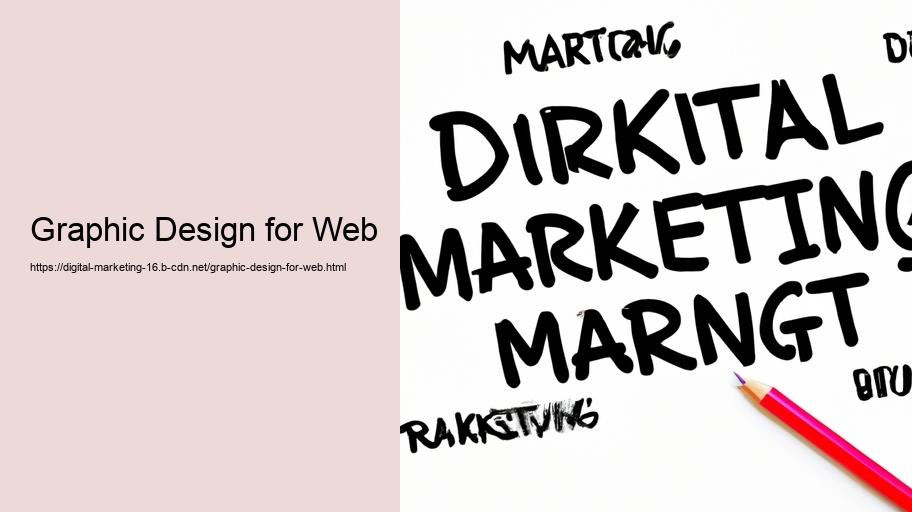Graphic Design for Web: The Art of Visual Communication in the Digital Age
In the bustling digital age, where information travels faster than light and screens are the new canvases, graphic design for the web has emerged as an indispensable tool in the art of visual communication. This essay delves into the intricacies of web-based graphic design, exploring its significance, challenges, and the creative strategies employed by designers to capture the ever-shifting attention of online audiences.
At its core, graphic design for the web is about creating visual content that is both engaging and effective in communicating a message. Unlike traditional print design, web design must account for various screen sizes, resolutions, and interactive elements that make the user's experience unique. It's a balancing act between aesthetics and usability, where the design must not only be visually appealing but also intuitively navigable.
The significance of graphic design in the digital realm cannot be overstated. In an era where the average attention span is dwindling, the first impression a website makes can be the deciding factor between a user staying or leaving. A well-designed website can establish credibility, convey professionalism, and build trust. It can also lead to higher engagement rates, with compelling visuals and layouts prompting visitors to explore content further, increasing the chances of conversion and retention.
One of the primary challenges faced by web designers is the ever-changing landscape of technology and trends. With new devices and browsers constantly entering the market, designers must ensure that their creations are responsive and adaptable. This means that a design must look good and function well, whether it's being viewed on a desktop, tablet, or smartphone. This responsiveness is achieved through fluid layouts, flexible images, and media queries, which are the technical underpinnings that allow a website to adjust to various screen environments.
Another challenge is the need for speed. Web users expect pages to load quickly, and search engines like Google prioritize fast-loading sites in their rankings. Therefore, graphic designers must optimize their visual elements to ensure they do not slow down the website. This involves compressing images, utilizing web fonts wisely, and leveraging vector graphics where appropriate.
Creativity in web design manifests in numerous ways. The use of color, typography, and imagery is critical in setting the tone and personality of a website. Designers often employ color psychology to evoke emotions and convey messages subtly. Typography, on the other hand, is not just about choosing fonts; it's about readability, hierarchy, and creating a rhythm that guides the user's eye across the content.
Imagery, including illustrations, photos, and videos, plays a significant role in storytelling and can make complex information more digestible. When combined with interactive elements such as buttons, icons, and animations, these visuals can enhance the user experience by providing feedback and guiding actions.
Moreover, accessibility is a crucial aspect of web design. Designers must consider users with disabilities, ensuring that their work is not only visually appealing but also navigable and understandable by all. This includes proper contrast ratios, alt text for images, and a logical structure that can be interpreted by screen readers.
In conclusion, graphic design for the web is an ever-evolving field that sits at the intersection of art and technology. It requires a deep understanding of user behavior, an eye for detail, and a willingness to adapt to the constant flux of digital trends. As the internet continues to grow and transform how we interact with the world, the role of the web designer becomes increasingly vital. It is a role that demands creativity, technical skill, and a passion for creating experiences that are not only visually captivating but also enrich the lives of those who navigate the vast digital landscape.
